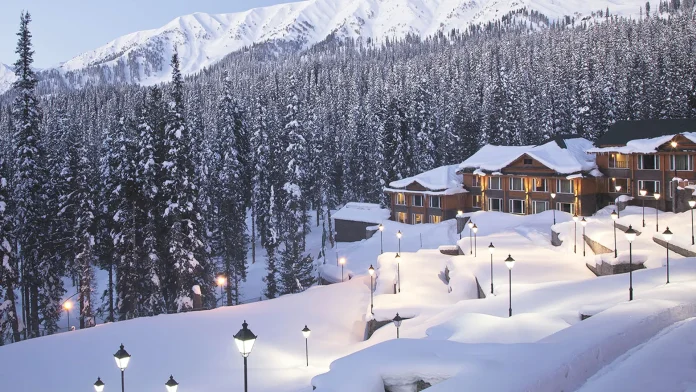Understanding the Kedarkantha Trek Difficulty level
The Kedarkantha trek is one of the oldest and most famous treks in India. It is a great trek for first-timers, and it is also thought to be the best winter trek in India. The interesting mythological stories and the 360-degree views of mesmerising peaks from the top have made this walk very popular. Kedarkantha is made up of two words: “Kedar,” which is another name for Lord Shiva, and “Kantha,” which means “throat.” This trip is important in mythology, and there are many stories about it. The walk starts in Sankri, a beautiful little village deep in the Himalayas that is part of Govind National Park. From Dehradun, it will take you 8 hours to get to this village. As you drive along the Yamuna and Tonnes rivers, you will be interested in what you see. The 20-kilometer hike to Kedarkantha takes you to an altitude of 12,500 feet, where you can see the peaks of Swargarohini, Bandarpoonch, Kala Nag, and Draupadi ka Danda. As you push yourself to reach the top, you will feel proud of what you have done. The walk is one of the few in India that goes through so many clearings and has so many places to camp with great views. The trek is different in every season, from knee-deep snow in the winter to green forests and golden fields in the summer.
Difficulty Level Of Kedarkantha Trek
Kedarkantha Trek is an easy to moderately hard walk. The best time to do the Kedarkantha Trek is from mid-December to the end of April, which is winter. The weather in the Himalayas is very unpredictable, so during this time it can get as cold as -10 degrees. One must bring the right clothes to keep warm and dry in bad weather. So, the Kedarkantha trip in the winter can be hard for people who have never done it before if they don’t take care of themselves. From April to June, which is summer, the temperature ranges from 0 to 20 degrees celsius. During these months, the weather is cool, breezy, and pleasant, which makes the trip easier to do than in the winter.
The weather and terrain can be used to figure out how hard the Kedarkantha Trek is.
On the Basis of Weather: Winter is the ideal time to complete the Kedarkantha Trek since you will have plenty of snow to enjoy along the way. A heavy layer of snow covers the entire route from Sankri, the basecamp, to the summit of Kedarkantha, whetting trekkers’ appetite for adventure. Wintertime hiking can be challenging, but with the right equipment and fitness, anyone can easily reach the summit. To complete the Kedarkantha Trek, you must be in good physical condition and not have any pulmonary or cardiovascular issues. You are welcomed for a once-in-a-lifetime experience by the vista of peaks like Gangotri, Swargarohini, Yamunotri, Dhauladhar Range, and many other uninhabited mountain ranges. On the other side, the Kedarkantha walk becomes a simple walk throughout the summer for both novice and seasoned hikers.
On the Basis of Terrain: The entire trek’s easy track is encircled by stands of oak and pine trees. The campgrounds are captivating. Whether it be the forest’s rustling brown leaves or the white winter pathways. A maximum of 6-7 kilometres must be hiked each day. This distance is simple to walk in the summer because the trails are less slippery than they are in the winter, provided you have the physical fitness to navigate the ups and downs.
It is necessary to be reasonably fit.
Sankri is the final location where you can receive any sort of emergency aid. It is crucial that you have good health before embarking on the Kedarkantha trip. Oxygen levels will drop as you ascend uphill. As a result, your lungs and respiratory system should be in good shape. Your oxygen saturation levels, heart rate, and other vital signs should all be within normal ranges. The weather affects how difficult the Kedarkantha journey is. Winter snow makes it a little more challenging to navigate the steady ascents and descents. But the trek is open to everyone in good fitness throughout the year.
The greatest time to trek to Kedarkantha is in the winter. In the areas where the Kedarkantha walk takes place, winters are frigid and summers are nice. The months of December and January, as well as again in March and April, are ideal for the Kedarkantha Trek. However, the winter, specifically from November to April, is the greatest time to go on a Kedarkantha hike. The entire area will make for a gorgeous setting, as will the nearby hills. The massive Garhwal Himalayas’ snow-covered slopes will be visible to you.
